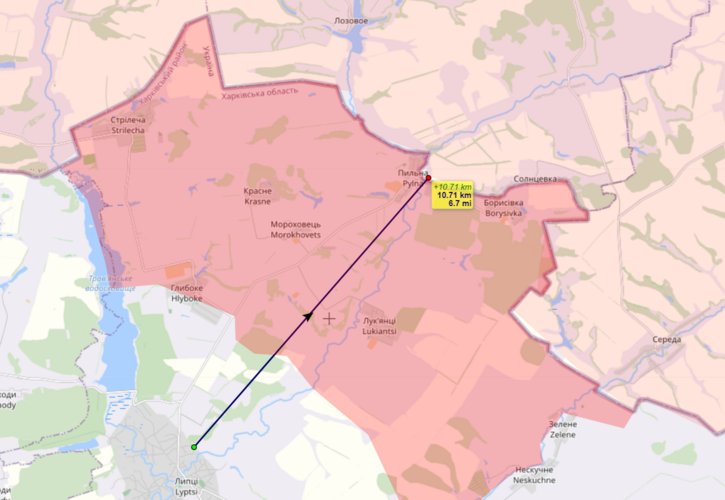Not sure if this was posted to this thread or not; do not think I’ve seen it. Boeing has a 7.5 billion dollar contract for JDAM kits extending to Feb 2030. It is not clear how many kits that buys, but even accounting for training, repairs, etc and several hundred million dollars of foreign sales, it is hard to imagine that this isn’t a multi year buy approaching or exceedingly 100,000 units. Previous kits cost between 25,000-75,000 depending on the size of the buy and the sophistication of the kit. Presumably these kits will involve jam resistant receivers which might increase price, though the scale of the buy would tend to push unit cost down.
Any chance powered JDAM is part of this?
Also a six year production run of this size must be building out more than 10k units per year, on average.
The multi-billion dollar contract for Joint Direct Attack Munitions comes at a time when the military is trying to boost production of multiple weapons.

www.defensenews.com











